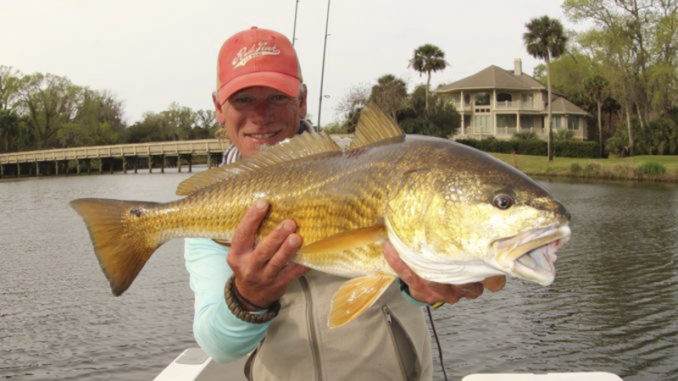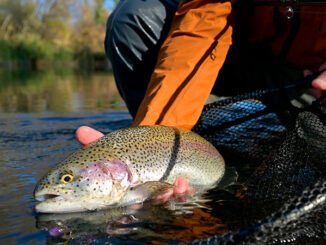
Tie up a rig, put on the bait, make a cast and let the current do the work
I have to admit that I was skeptical watching my buddy bait a hook on a slip-bobber rig as we were letting the anchor and tide settle us into a good sheepshead spot over the submerged section of a rock jetty. I thought the whole rig would just get in our way fishing the rocks. But it worked so well that I’ve used slip-bobber rigs numerous times since.
The tide was coming in, so he made a cast between the boat and the shore, relying on the tide’s movement to keep the cork and bait out of our way. And hopefully in the path of a fish. He put the rod in his Driftmaster rod holder and put a fiddler crab on his sheepshead rod. Then he joined me fishing vertically on the rocks.
After catching several sheepshead, we had all but forgotten about the slip-bobber rig until we heard a ruckus. The rod bounced in the rod holder, then doubled over. The bobber was nowhere to be seen, and I struggled to free the butt of the rod from the holder as my friend gave me an “I told you so” look.
A few minutes later, my buddy netted a keeper-sized redfish, which joined the sheepshead in the cooler. His set-it-and-forget-it rig worked. And it did it pretty much on its own.
Slip-bobbers can work on all tides
Once the tide turned to outgoing, we cast the slip-bobber rig between the boat and the open ocean. And once again, the tide’s movement kept it out of our way while we continued fishing vertically for sheepshead. We caught several other redfish on the rig that day. Each time we moved to another spot, all we had to do was slide the slip bobber’s knot up or down the line to adjust for the depth of water we were fishing.
Later in the day, we moved into a smaller creek and focused our attention on flounder. This meant a lot of casting and slowly working our lures back to the boat. And this was another perfect opportunity to use the slip-bobber rig.
With the rod already in the holder, we opened the reel’s bail and allow the bobber to drift with the current down the outside edge of spartina grass. We closed the bail when satisfied with its position. This passive method allowed us to work our flounder rigs while watching the bobber. If it bounced or went under, we could quickly close the bail and set the hook after setting down our flounder rods. If the bobber floated along, we could continue working our flounder rigs, concentrating on them while keeping eyes on the bobber.
In saltwater, the depth is always changing
Fishing this way also allowed us to cover more of the water than just casting out a bottom rig, which sinks and sits in just one spot.
Slip-bobber rigs are well-known in the freshwater panfish world. But they are just as convenient in saltwater, whether using rod holders in the manner above, or when fishing more actively. Their main advantage over other bobbers is the ability to change depths quickly, just by sliding the knot up or down the line. This is a big help whether you’re fishing in multiple locations or staying anchored down for a while. The tide is always changing, which means so is the depth of any location you’re fishing.





Be the first to comment